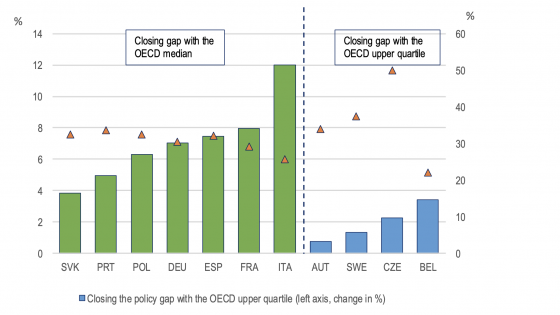DP9918 Economic Freedom in the Long Run: Evidence from OECD Countries (1850-2007
This paper presents historical indices for the main dimensions of economic freedom and an aggregate index for nowadays developed countries -(pre-1994) OECD, for short-. Economic liberty expanded over the last one-and-a-half centuries, reaching two thirds of its maximum possible. Its evolution has been, however, far from linear. After a substantial improvement since mid-nineteenth century, World War I brought a major setback. The post-war recovery up to 1929 was followed by a dramatic decline in the 1930s and significant progress took place during the Golden Age but fell short from the pre-World War I peak. A steady expansion since the early 1980s has resulted in the highest levels of economic liberty of the last two centuries. Each main dimension of economic freedom exhibited a distinctive trend and its contribution to the aggregate index varied over time. Nonetheless, improved property rights provided the main contribution to the long-run advancement of economic liberty.


